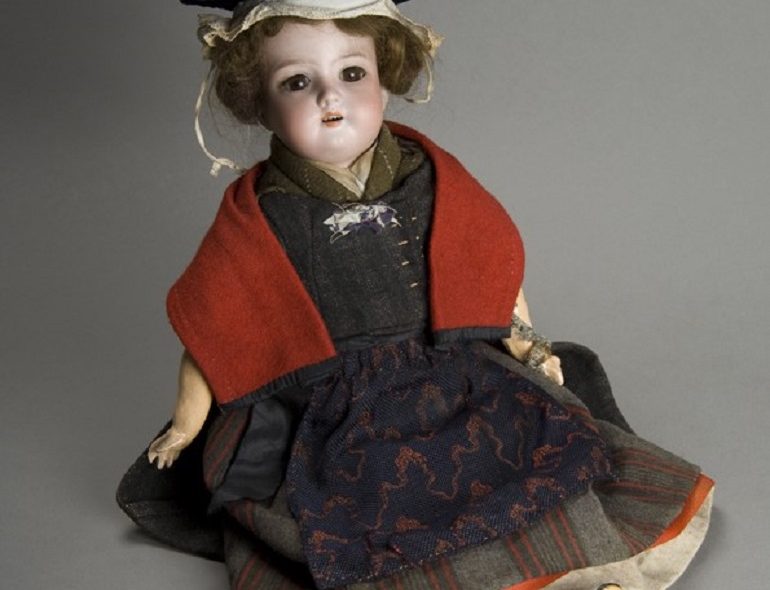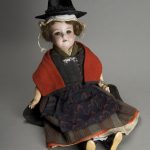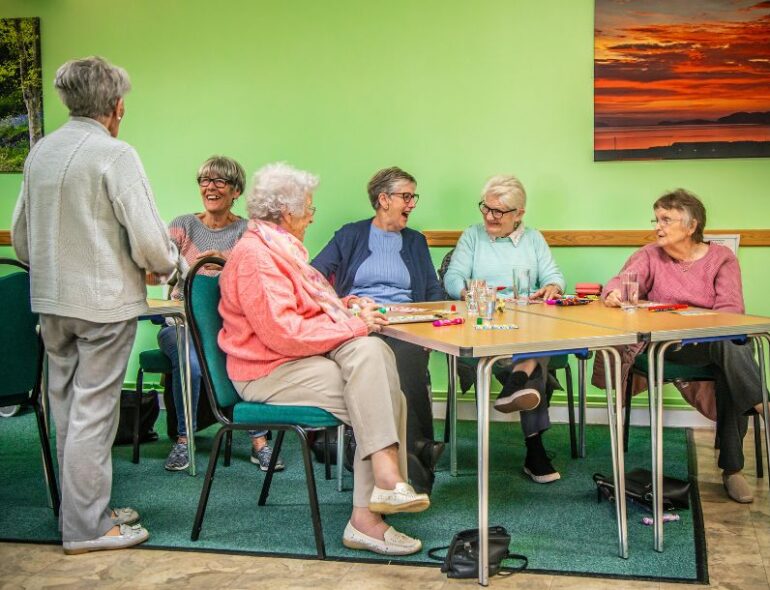Storiel has a variety of dolls in its collection, from Victorian dolls to a Sindy in the 1960s, but the most important are the Welsh costume dolls. Dolls dressed in Welsh costume were made during the 19th century mainly as souvenirs. It was also custom to give these dolls as gifts to children and distinguished visitors. Princess Victoria was presented with a doll dressed in Welsh costume on her visit to Llangollen to 1832.
Dolls are familiar as one of the most common and popular form of toys. Across the centuries, children have played with dolls and used them as a means of escaping to an imaginary world. The first dolls date back to the Egyptians, and they were also used as toys in ancient Greece and Rome. From the Middle Ages, they began to be produced in Europe and their popularity increased.
In Wales, travelling fairs and markets sold dolls, and later toy stores. Undressed dolls could be purchased and bespoke outfits sewed on. It was common for dolls to be hand made by local craftsmen or the parents from wood or cloth. After the Second World War dolls became more accessible.
As well as being used as toys, dolls were also used in religious rituals and magic. A wax effigy on a piece of slate from Ffynnon Eilian, Anglesey was used for cursing and is on display in Gallery 4. Dolls are also popular as collectables.





